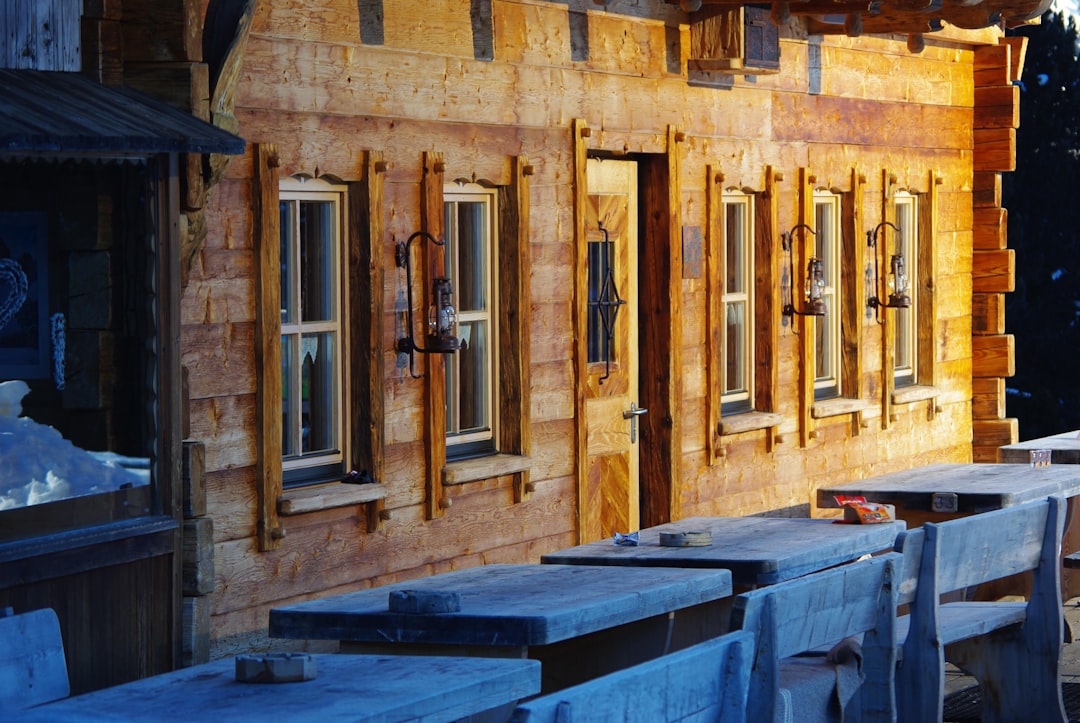Understanding the True Cost of Sheetrock in Residential Construction
For construction professionals, determining the cost of sheetrock involves analyzing various factors such as material type, finish level, and labor rates. As of 2025, the average cost ranges from $1.65 to $2.90 per sq. ft. installed, including a Level 4 finish. High-cost areas like New York may see prices 20-25% higher, while rural areas might be 15% lower. This guide explores these variables and offers strategies to maintain budget accuracy.
What Drives Sheetrock Pricing?
1. Material Type
- Standard 1/2" drywall is the baseline choice for interior walls.
- 5/8" fire-rated board adds safety but can raise material cost by 20-35%.
- Moisture-resistant "green board" or mold-resistant purple board can add another 10-15%.
2. Finish Level
- Level 3 finish is common behind tile or wallpaper.
- Level 4 (standard paint finish) increases compound and labor, adding roughly $0.25-$0.40 per sq. ft.
- Level 5 (skim coat) delivers a flawless surface and can raise labor by 20%.
3. Labor Rates
- Residential labor typically represents 45-55% of the final sheetrock line item.
- Rates shift daily with local demand—CountBricks’ AI refreshes each morning to capture the latest trade wages.
4. Project Complexity
- Vaulted ceilings, arches, niches, or tight stairwells slow down installation time.
- Waste factor increases from an average 10% up to 18% on intricate layouts.
Average Cost Range in 2025
By aggregating thousands of invoices, the national residential average fluctuates between $1.65 and $2.90 per sq. ft. installed, including finishing to Level 4. High-cost metro areas such as New York or San Francisco often run 20-25% above that band, while rural markets may trend 15% below. For precise budgeting, generate a fresh quote before locking numbers in contracts.
How CountBricks Calculates Your Sheetrock Budget
- You launch a voice session inside the CountBricks mobile app.
- Our AI listens as you walk the space, converting spoken dimensions into a digital takeoff.
- The system matches wall assemblies to our real-time cost library.
- Labor hours are calculated based on board size, height, and finish level.
- A branded PDF estimate arrives in your inbox in under five minutes.
Benefits of Real-Time Estimating with CountBricks
- Zero guesswork: Today’s supplier pricing, not last season’s averages.
- Faster approvals: Homeowners receive clear, professional proposals instantly.
- Margin protection: Automatic alerts flag price spikes before you purchase materials.
- Seamless change orders: Revise scope by voice and issue updated costs on the spot.
Cost-Saving Tips from CountBricks Estimators
- Opt for 12' boards where feasible to reduce seams and finishing time.
- Schedule delivery directly to each floor to cut handling labor.
- Combine fire-rated and standard boards strategically instead of full fire-rated coverage.
- Confirm exact paint expectations; a Level 4 finish may be acceptable in closets or garages.
Common Budget Pitfalls
- Ignoring waste: Under-ordering by even 5% stalls a project and triggers premium rush fees.
- Missed backing: Forgetting plywood backing for wall-mounted fixtures results in costly call-backs.
- Over-specifying: Installing Level 5 everywhere when only accent walls require it inflates cost unnecessarily.
When to Re-Quote Your Sheetrock Package
- Material prices rise or fall more than 5% in your region.
- Project start date slips by more than 30 days.
- Scope changes, such as adding a basement or converting attic space.
Next Steps with CountBricks
Ready for pinpoint accuracy on the cost of sheetrock? Schedule a no-obligation demo at CountBricks.com or upload your blueprints for an instant AI takeoff. Our residential specialists will help you turn raw numbers into a reliable construction roadmap.
Case Spotlight: Brooklyn Brownstone Renovation
When a Brooklyn homeowner approached CountBricks to refinish a 4-story brownstone, the biggest unknown was the cost of sheetrock. The historic framing was uneven, ceilings varied from 9' to almost 11', and local fire codes required selective 5/8" Type X board near stairwells.
CountBricks Solution
- Our estimator conducted a voice-guided walk-through, capturing 9,200 sq. ft. of wall and ceiling area in 18 minutes.
- The AI matched each zone to the correct board type—standard 1/2" in bedrooms, moisture-resistant in bathrooms, and fire-rated along egress paths.
- Labor was auto-adjusted for 100-year-old joists that demanded extra shimming, adding 12% more time than new-build averages.
Results
- Initial sheetrock budget: $18,950 with a built-in 12% contingency.
- Actual cost at project close: $18,420—under budget despite two scope changes.
- Client approval time: 3 hours from first walkthrough to signed contract, thanks to instant CountBricks PDF estimates.
Takeaways for Your Project
- Historic homes benefit greatly from live labor adjustments; static price books can’t capture hidden framing quirks.
- Selecting the right board for each room, rather than a blanket spec, saved this client 7% on materials.
- CountBricks’ built-in contingency tracking released unused funds back to the owner in real time, boosting satisfaction.
If your renovation has complexity—angled ceilings, legacy framing, or changing codes—CountBricks can deliver the same precision. Let our AI handle the math while you focus on craftsmanship.

